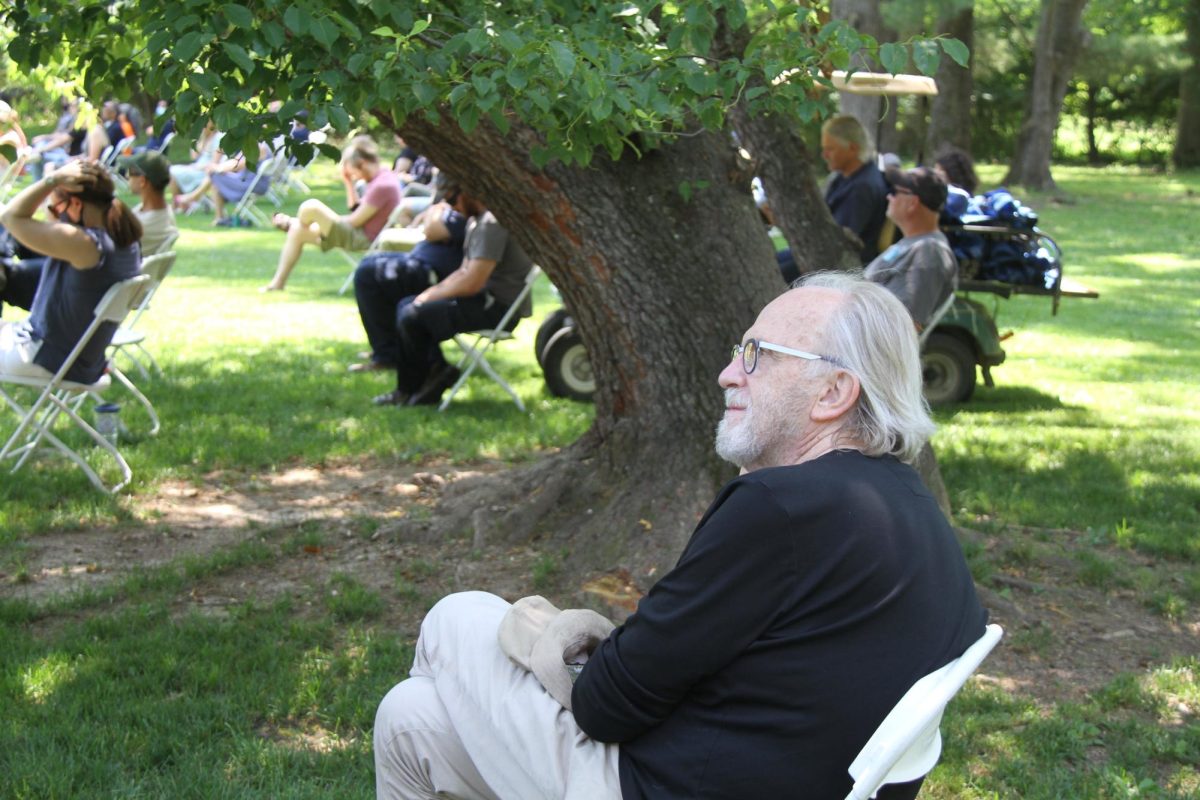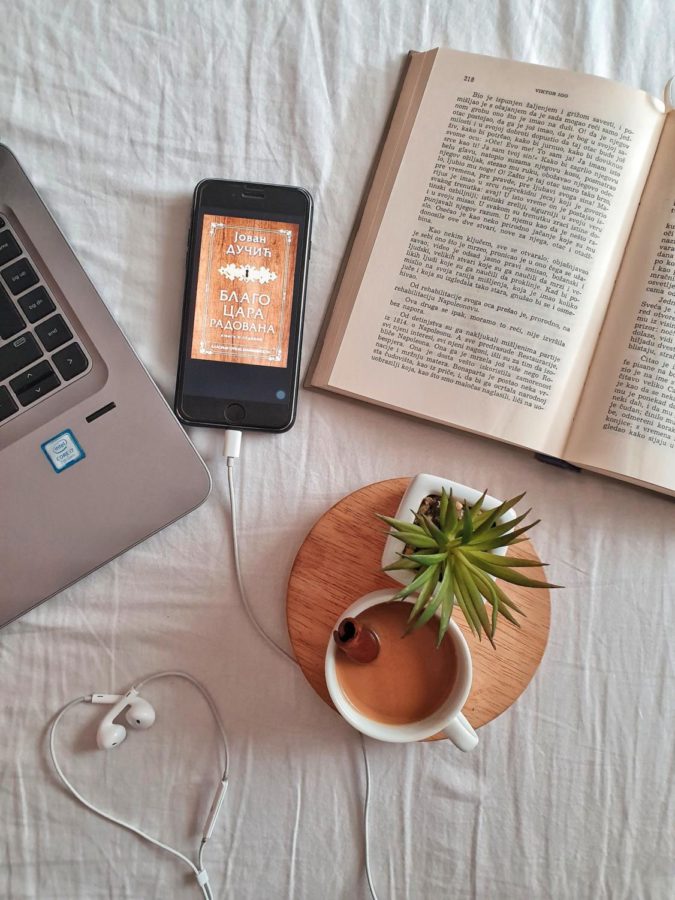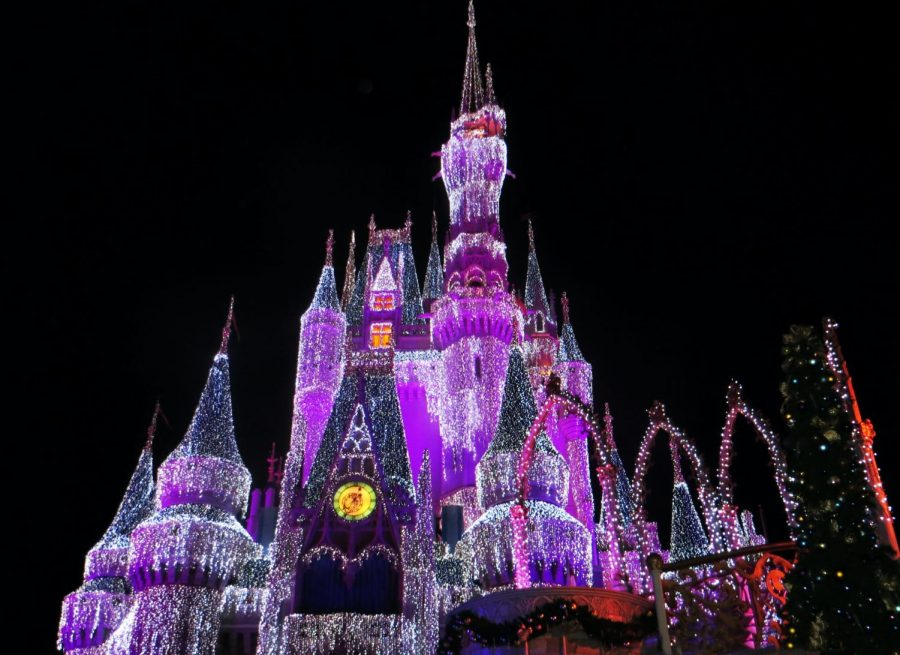A Retrospective on the Hong Kong Protests

(Artwork/Helen Amon’23)
January 27, 2021
What caused the 2019-2020 Hong Kong protests? How did originally peaceful demonstrations escalate into violent clashes between citizens and police? Looking back, what can we learn and conclude about the situation? Until 1997, Hong Kong was a colony of Britain, and as a result, its culture, ideas, and systems are much different from those of the rest of China. After 1991, it became part of China under the system of “one country, two systems.” Hong Kong was allowed to keep many rights denied to mainland citizens; the city allows for free speech, unrestricted access to the internet, the right to assemble, and it has its own laws, government, and police force. Many Hong Kong citizens treasure this autonomy given to them and the systems they have in place, and they feel great contempt for the government of China and any attempts to reduce the autonomy of Hong Kong.
It is in this environment of distrust that Hong Kong leadership, which is largely manned by pro-China politicians, passed the infamous extradition bill. The bill allowed Hong Kong citizens who were accused of crimes to be brought to mainland China and tried there at courts controlled by the communist party. Many Hong Kong citizens saw this as an attack on their right to autonomy. They feared the Chinese government could use this bill to capture opponents of mainland China and try them in rigged elections. As a result, hundreds of thousands of peaceful protestors took to the streets on June 9, 2019, against this bill. After months of protest, the bill was then finally withdrawn on October 23, 2019.
But why are they called the 2019-2020 Hong Kong protests if the extradition bill was passed and recalled in 2019? This is because of the development of these protests even after these events. As a result of police brutality towards protestors and growing dissatisfaction with the actions of the government, protestors have more demands and are unsatisfied. Although a majority of protesters are peaceful, many violent clashes have arisen between police and citizens. Protestors have thrown bricks and Molotov cocktails, destroyed property, and, in one case, stabbed a police officer. In one instance, they even set pro-Beijing lawmaker Junius Ho on fire after drenching him with lighter fluid. On the other hand, police have utilized pepper spray, batons, tear gas, water cannons, and even live bullets in some instances at protestors. Both sides refused to back down, and the situation escalated during mid-2020, with arrests becoming more frequent and conflicts becoming more violent.
With the COVID-19 pandemic, protests have died down noticeably, and tensions no longer run as high. Nonetheless, the goals of the movement are still prevalent, and the frustration Hong Kong citizens feel towards the encroachment of China on their way of life remains prevalent. Beyond this, there is valuable information to note when looking back on the situation. Violence only fosters greater violence. Hate fosters greater hate. In a time where the United States is struggling with very similar issues of police brutality and division between people, it is important to remember that only understanding, respect, and peaceful protest can progress us forward; they are necessary, no matter how hard or frustrating it may be.





